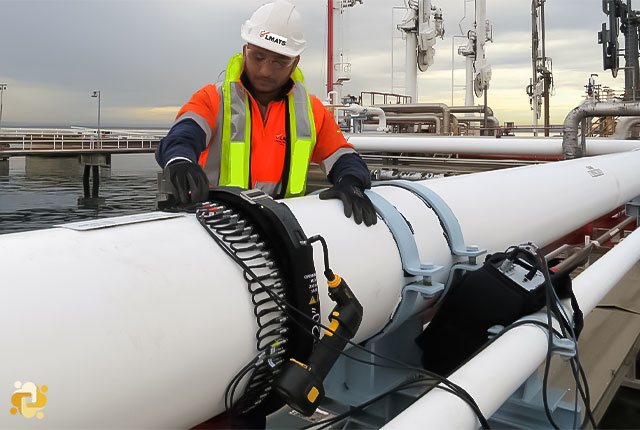
Case Studies for using Advanced NDT in Oil & Gas Industries
2023-01-07 11:03
Non-destructive Testing (NDT) consists of a variety of non-invasive inspection techniques used commonly for mechanical equipment, structures, and piping systems to locate and determine the defect features such as size, shape, and orientation. NDT ensures cost efficiency, safety, and quality assurance techniques while preventing any failure to be caused. NDT methods can generally be classified into two categories such as Conventional and Advanced NDT.
These techniques are main tools to assist owner to have better control on integrity of their assets in different situations. Each of these technique has some advantageous and limitation therefore proper selection of technique can significantly help owner to have more realistic results.
In this article, we tried to collect different cases and provide summary status of technique used by worldwide companies so owners can have more clear pictures:
Case Number 1:
Pipeline Inspection and Assessment
The Inspection and assessment was done based on request of owner the Menzel Lejmat North (MLN) Oil Field 8" and 12"/18" trunk lines for ConocoPhillips-Sonatrach in Algeria.
A risk-based damage mechanism review was performed to confirm the likely damage mechanisms for the lines, to ensure the inspections were effectively targeted. External corrosion in areas where sand covered the lines (especially where water was present) was confirmed to be the mechanism of concern for the lines. Tele test Focus guided wave ultrasonic testing was used to screen the lines and identify areas for detailed follow-up inspection. Tele test Focus is an externally applied inspection tool which can screen pipelines (and process piping) for internal and external corrosion. Pipelines can be tested in service, avoiding the need to shut down and stop production for inspection. A wide range of pipe sizes can be inspected, from 2” to 48” nominal diameter.
Manual ultrasonic testing combined with profile pit gauging was used to confirm and size anomalies identified by the Tele test screening inspections. These follow-up inspections confirmed the presence of corrosion and sized the corroded areas with the required resolution for engineering assessment.
A fitness-for-service (FFS) engineering assessment was performed by TWI integrity engineers, using the inspection results and relevant background data collected. The FFS assessment report estimated the remaining life of the lines based on the available information and identified areas requiring remedial action to achieve the desired minimum safe run length. The FFS assessment report also included recommendations for managing the integrity of the lines and for future inspections.
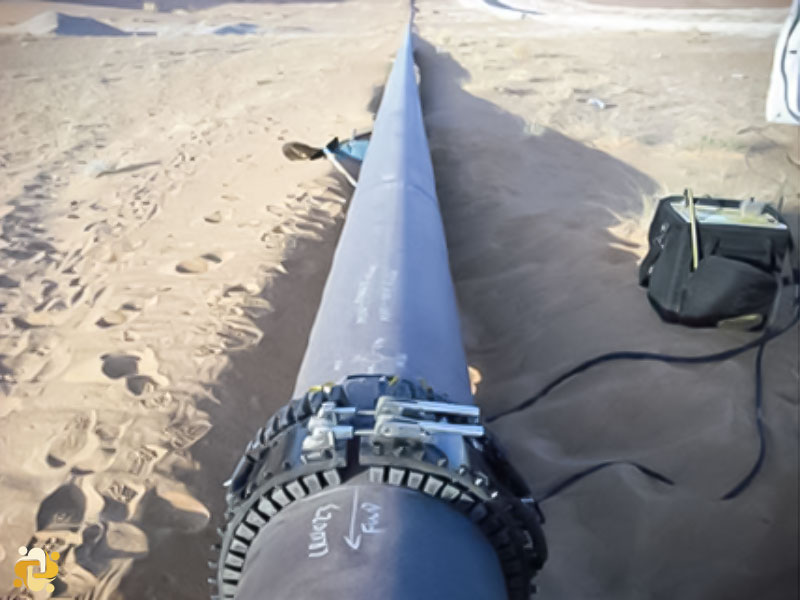 Tele test Focus guided wave ultrasonic test equipment used to inspect an 18” trunk line in the MLN field in Algeria
Tele test Focus guided wave ultrasonic test equipment used to inspect an 18” trunk line in the MLN field in Algeria
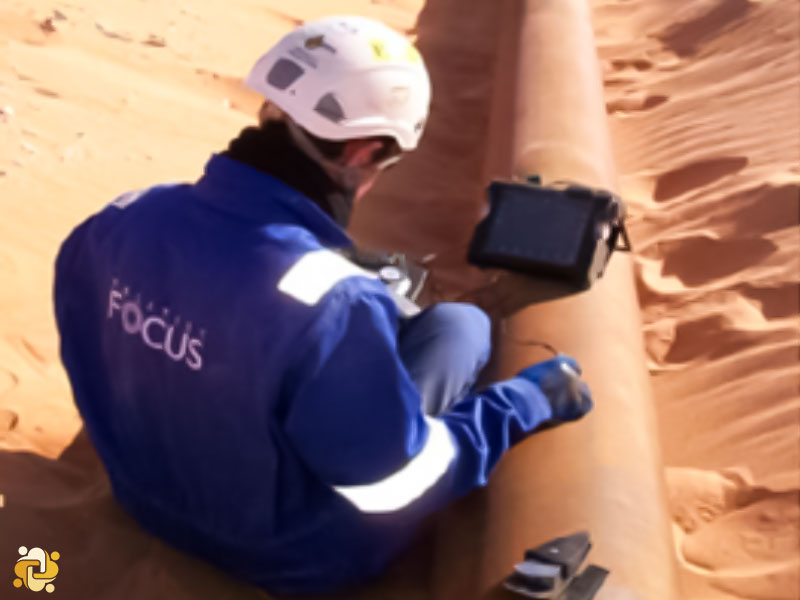 UT wall thickness scans performed at Tele test tool locations and at corroded areas, to confirm internal corrosion was not present
UT wall thickness scans performed at Tele test tool locations and at corroded areas, to confirm internal corrosion was not present
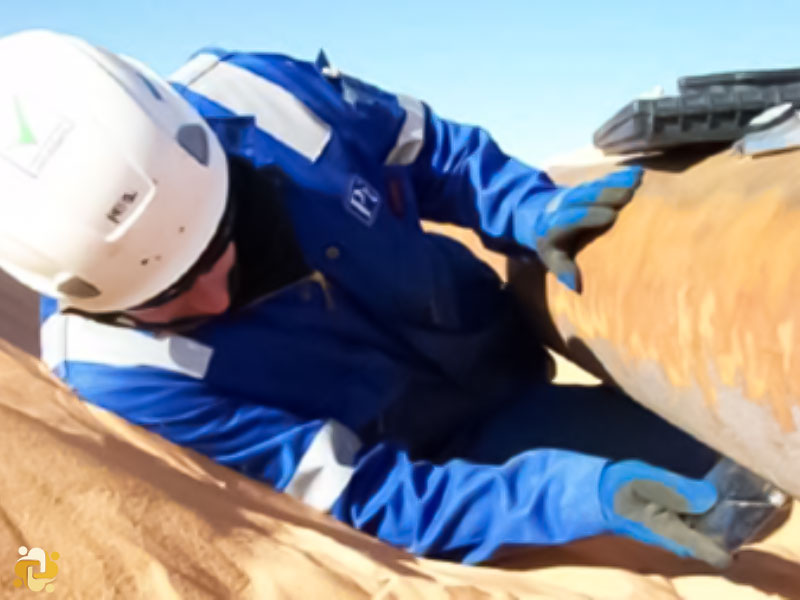 Characterizing external pitting corrosion using pipe pit depth gauges (lever type and dial gauge)
Characterizing external pitting corrosion using pipe pit depth gauges (lever type and dial gauge)
Case Number 2:
Buried Line Inspection
The Inspection and assessment was done based on request of owner of an un-piggable buried section of the 24” Yatagun pipeline which extends from gas fields in the Andaman Sea through Myanmar and into Thailand. The owner in Thailand made the decision to utilize guided wave ultrasonic inspection at these locations due to the buried section being
un-piggable and Guided Waves allows 100% volumetric inspection of a large length of pipe from one tool location.
Tele test Focus guided wave ultrasonic testing was used to inspect the 24” line which was buried a depth between 3m and 5m and identify areas for possible follow-up inspection.
The biggest challenge facing the inspection team was the pipe coating which was a Tri-Laminate coating made up from FBE (fusion bonded epoxy), Adhesive and an outer layer of HDPE (High Density Polyethylene).
In this particular case the client was concerned about removing the coating which would normally be recommended at the transducer tool locations. Therefore, it was agreed to carry out the inspection by placing the tool directly on the coating. The client had specified that they would be happy with 30% coverage of the un-piggable buried section. inspection team managed coverage of over 90% utilizing the 5 ring Torsional tool which was developed for pipelines exhibiting a high rate of attenuation. At some locations scans of up to 75m were diagnosed.
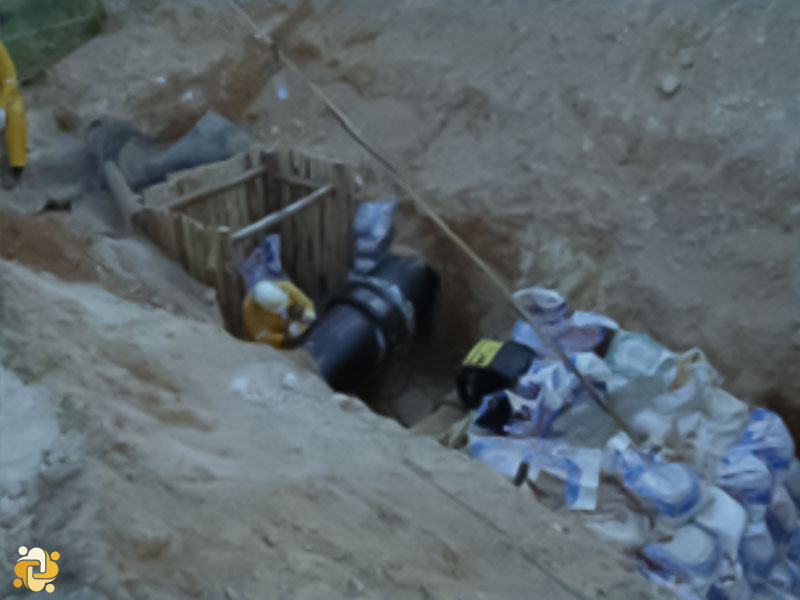 Location photo of a typical excavation
Location photo of a typical excavation
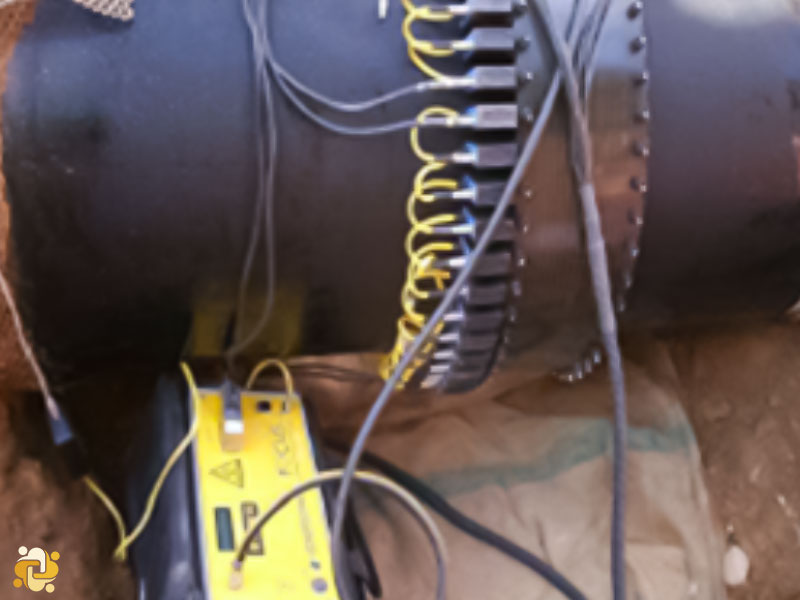 Tele test Focus guided wave ultrasonic test equipment used to inspect the 24” buried pipe line through the HDPE coating.
Tele test Focus guided wave ultrasonic test equipment used to inspect the 24” buried pipe line through the HDPE coating.
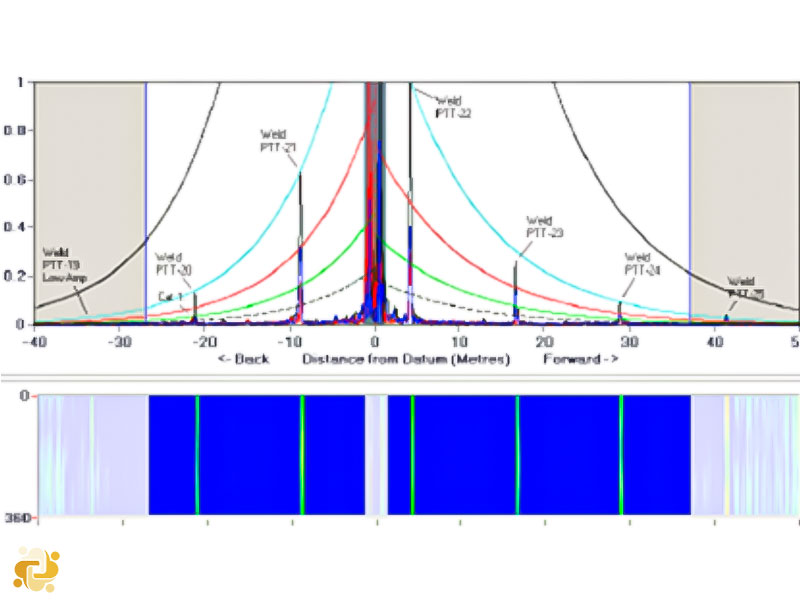 A-Scan and A-Map showing the 70m inspection achieved from this tool location
A-Scan and A-Map showing the 70m inspection achieved from this tool location
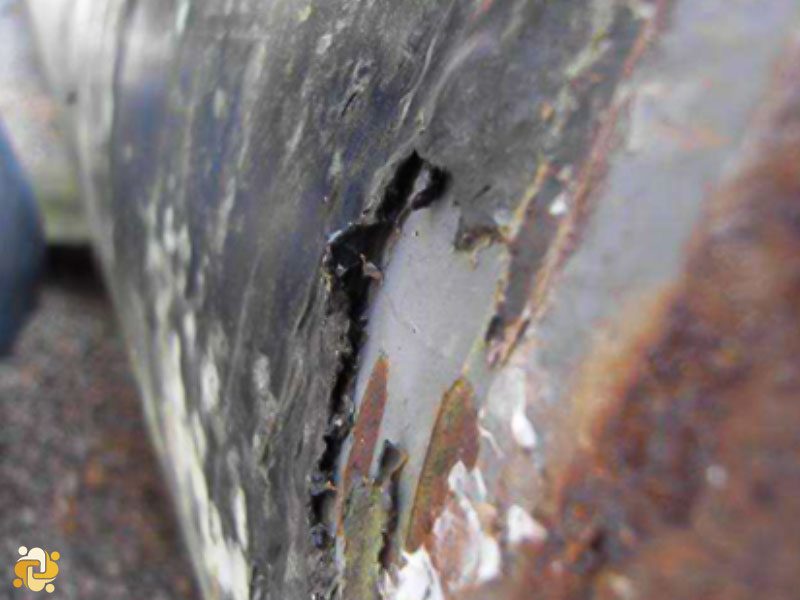 A close up of the HDPE (High Density Polyethylene) pipe coating
A close up of the HDPE (High Density Polyethylene) pipe coating
Case Number 3:
Corrosion Under Insulation (CUI)
The Tele test® Focus+ system is a Guided Wave NDT Technique developed for screening pipe-work for areas of metal loss damage.
It is a pulse-echo system aimed to inspect large volumes of material from a single test point. The initial application was for the detection of corrosion under insulation for petrochemical plant industry, but it has evolved to be used widespread in other inspection situations where pipes or tubes are not accessible. Examples of this are lines that are buried, encased in a sleeve or elevated above the ground.
The Inspection was requested by one of its Owners in Argentina to employ the Tele test® Focus+ system on two cryogenic jetty lines at 8” and 3” diameters. The inspection proved to be very successful with 100% of both lines being inspected over a 2 weeks’ period.
Each jetty line was approximately 2 km in length including several expansion loops and pipe bridges.
Several anomalies were identified during the inspection and follow up was conducted whilst the operators were still on-site. The first anomaly identified was located during the opening shot of the inspection; this was of upmost interest to the client as the location was in a difficult to access area seen in figure 1. An anomaly classified as medium priority was identified approximately -3m from the tool position (see figure 3).
The area of interest was directly above water so an access platform had to be erected to allow follow up to take place at this location. Upon removal of the insulation the inspection team identified external corrosion at the 180° position seen in figure 2. This area of corrosion was approximately 1 meter in length and 35% wall loss.
The A-map scan (see figure 3) was also used in the identification of this anomaly. The signal from the weld identified at approximately -13m from the tool position does not display an axi-symmetric response. This echo response from the weld signal should be displayed as an even distribution of color representing uniform circumferential signal amplitude. The above gave the operator increased confidence that the signal seen at -3m was in fact attributed to a wall loss defect.
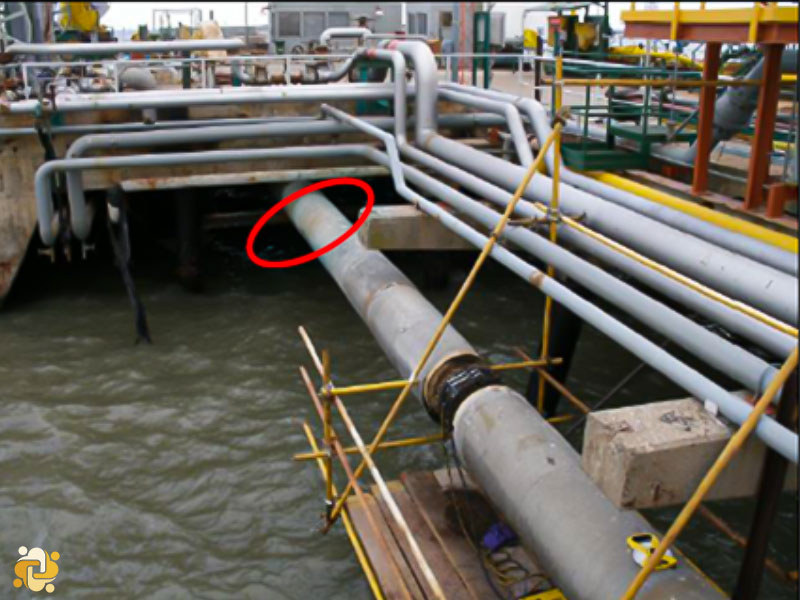 Figure 1 – Location of anomaly area highlighted in fig 3
Figure 1 – Location of anomaly area highlighted in fig 3
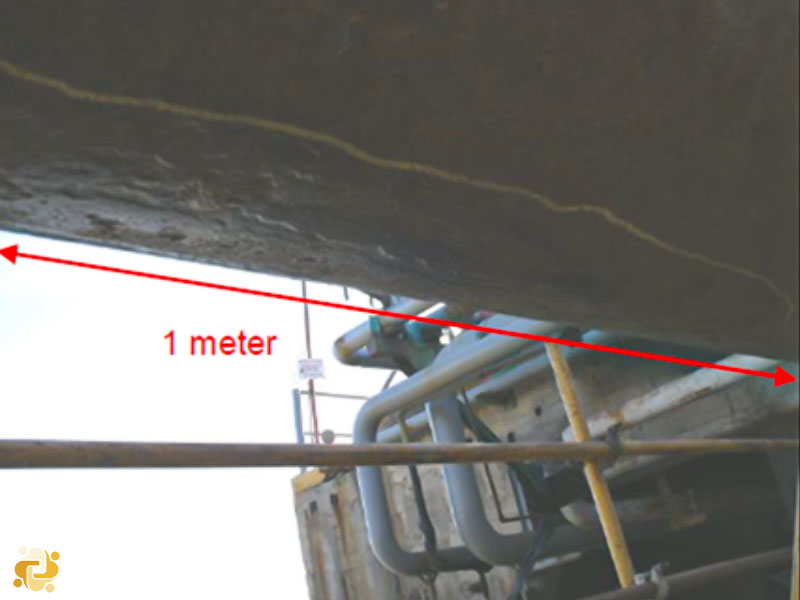 Figure 2 – corrosion detected at 180°
Figure 2 – corrosion detected at 180°
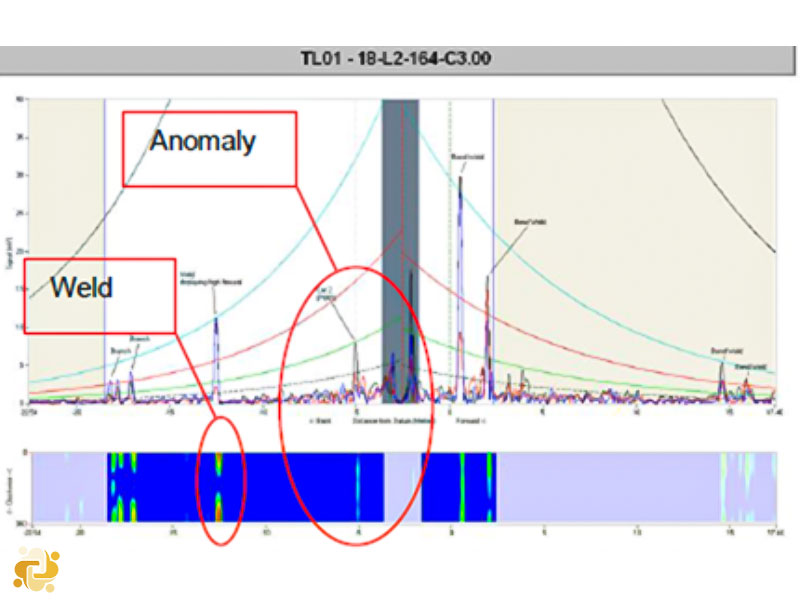 Figure 3 – TL01~location of detected anomaly
Figure 3 – TL01~location of detected anomaly
Case Number 4:
Pipeline Inspection
The Inspection and assessment was done based on request of owner of the aerial river crossings for the 8” condensate line a client in New Zealand. These regions were ideal for Guided Wave Inspection due to the areas having limited access for conventional non-destructive localized inspection. In addition, the pipe was a long straight length and Guided Waves provides 100% volumetric coverage of the pipe wall.
The Tele test Focus guided wave system was used to inspect the aerial river crossings. Tele test Focus is an externally applied inspection tool which can screen pipelines (and process piping) for internal and external corrosion. Pipelines can be tested in service, avoiding the need to shut down and stop production for inspection. A wide range of pipe sizes can be inspected, from 2” to 48” nominal diameter.
The widest of the aerial river crossings inspected was 65m in length after which the line entered a buried section. The Tele test Focus system utilizing the 5 ring torsional tool was used in this particular case and the results show that whole crossing was inspected from one side of the crossing plus 20m -25m inspection of the buried and wrapped section was also covered.
The aerial river crossings inspected during this scope were found to be in good condition and no areas required further investigation. Regular inspections of this area are planned to ensure that this is the second inspection of this type has conducted for this owner in New Zealand. The data collected shows that this type of application is well suited for inspection with LRUT (guided wave ultrasonic inspection)
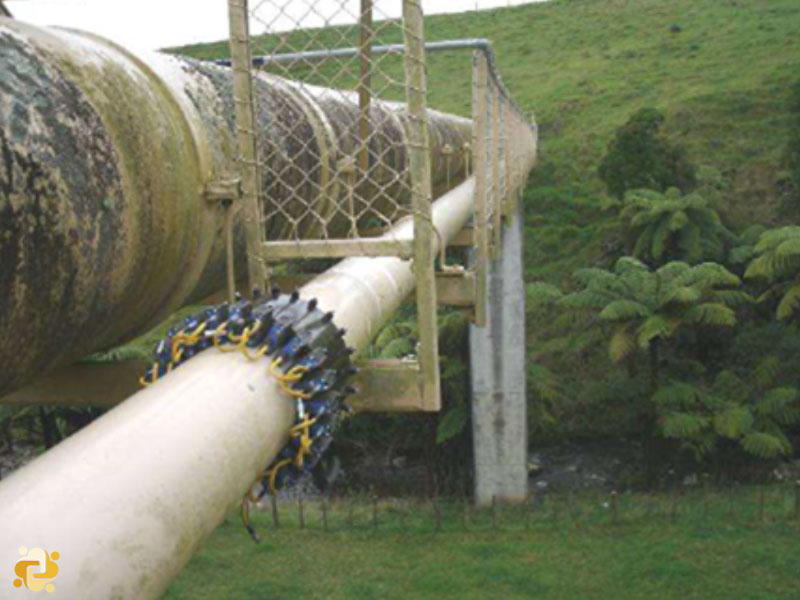 Tele test Focus guided wave ultrasonic test equipment used to inspect an 8” condensate line in New Plymouth, New Zealand.
Tele test Focus guided wave ultrasonic test equipment used to inspect an 8” condensate line in New Plymouth, New Zealand.
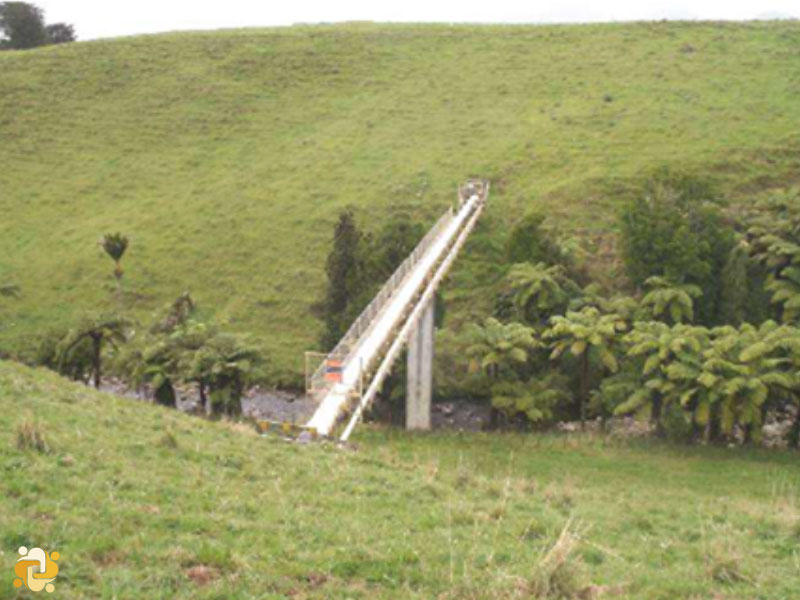 Location photo of a typical aerial river crossing inspected with Teletest
Location photo of a typical aerial river crossing inspected with Teletest
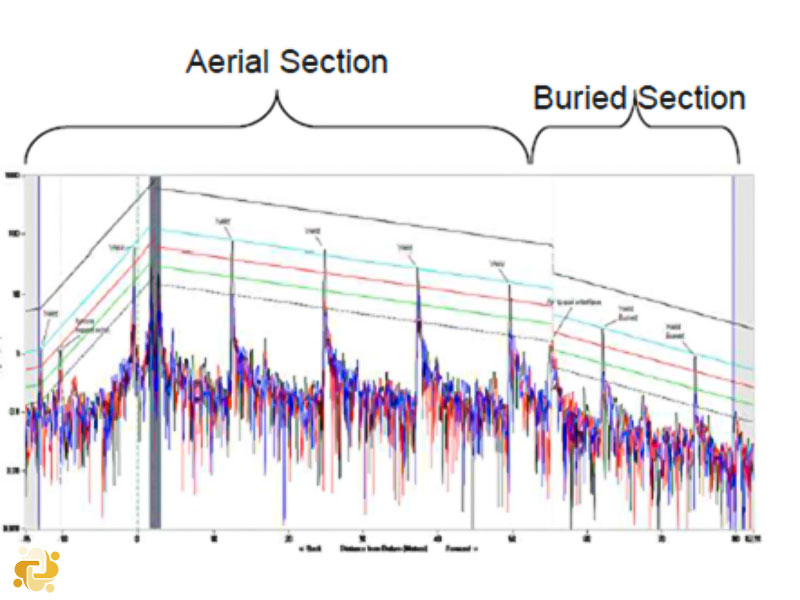 A typical A-scan image collected during the inspection
A typical A-scan image collected during the inspection
